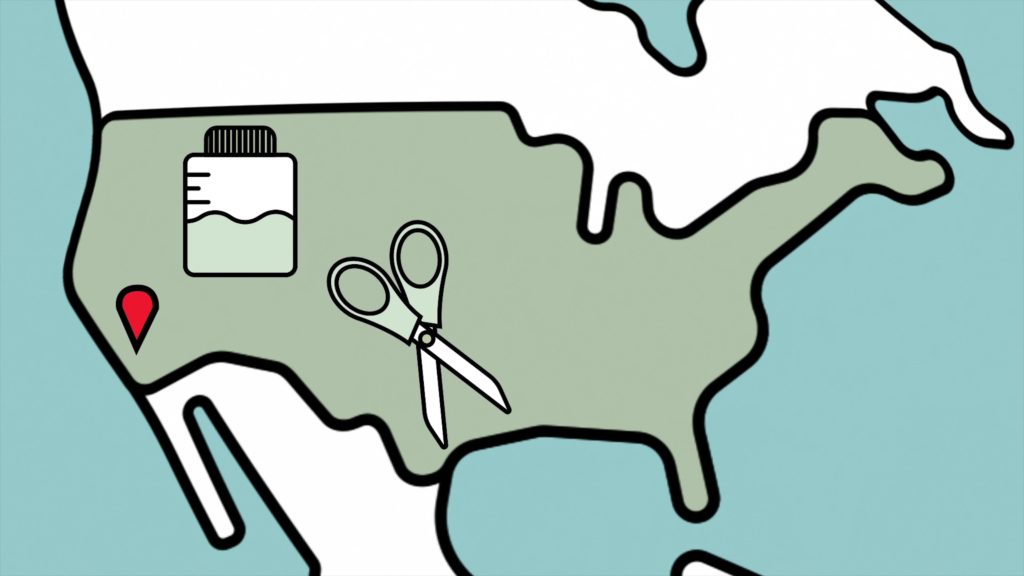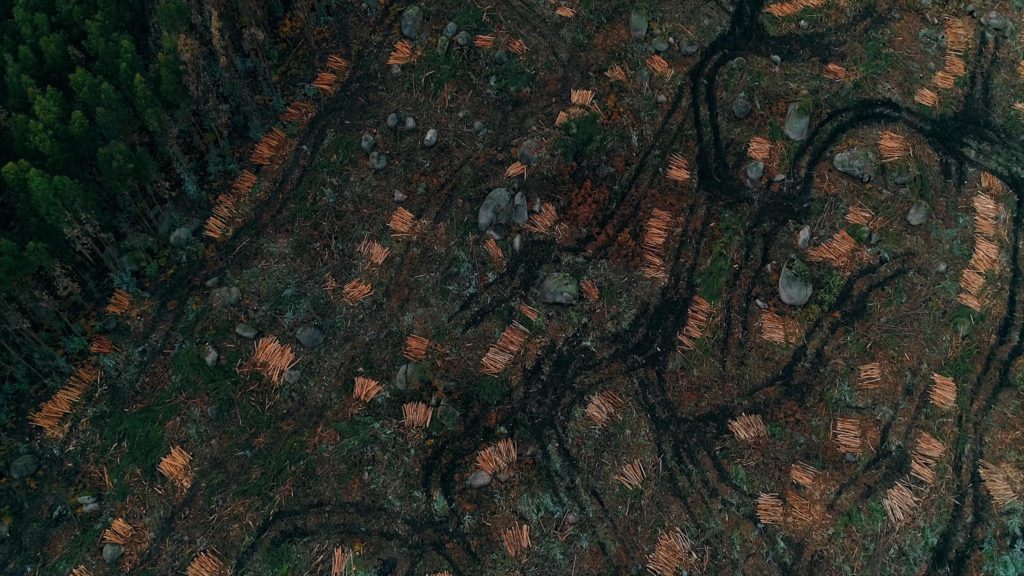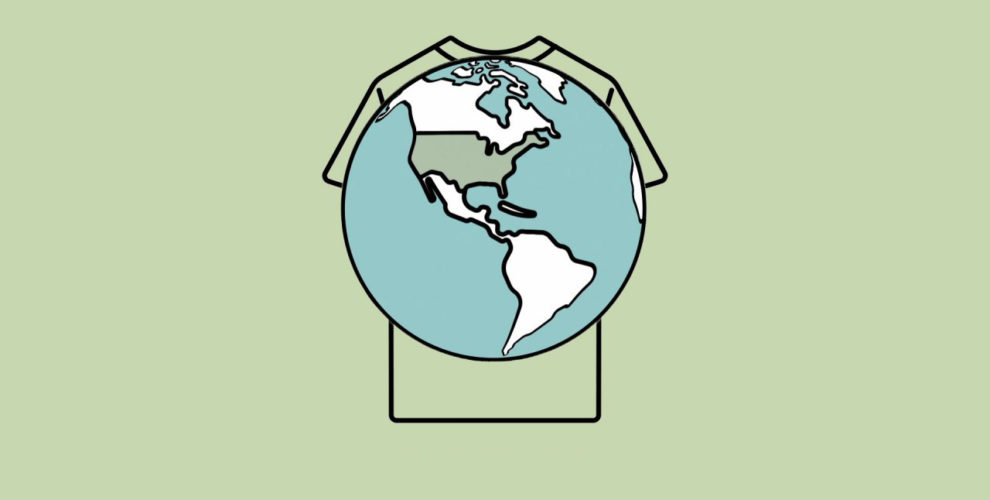Eco-Friendly Manufacturing vs. Dirty Manufacturing
When looking at two similar tees side-by-side, can you tell which has less of an impact on the environment? One way to gage if a shirt was made with eco-friendly manufacturing is to look at where it’s made. Different countries have different factory standards when it comes to working conditions, environmental regulation and quality assurance.
Our Mission:
BELLA+CANVAS’s goal has always been to manufacture the best garments possible, in a socially and environmentally responsible way. We’re all about transparency so we want to educate you about how and where our shirts are made. The fabric dyeing process is the most environmentally damaging. We’re going to break down how eco-friendly manufacturing vs dirty compares below.
The Difference of Eco-Friendly Manufacturing
It’s no secret that Asia is the textile manufacturing capital of the world, with China manufacturing approximately half of the world’s clothing and textiles. But it’s come at a cost. Countries with cheap labor and low regulation are the biggest offenders when it comes to the environment and human rights.
Several years ago BELLA+CANVAS made the decision to centralize our production through our “USA Strong” model which has allowed us to create thousands of USA jobs. What that means is that we source the best long staple cotton from all over the world and then dye and cut everything in Los Angeles. It’s then sewn in our LA sewing factory or in Central America.

Making the decision to dye and cut everything in Los Angeles was a necessary one for us in order to ensure we met the highest level of ethical standards.
Now, let’s jump back to that Industry tee. How do you make a t-shirt so cheap? Beyond cheap labor, you need cheap electricity cheap steam and cheap treatment of wastewater.
Industry Tees Use Cheap Electricity.
Many factories in both Central America and Asia use Petroleum coke, one of the dirtiest fossil fuels on the planet, which emits 11% more greenhouse gas than coal along with lung-damaging sulfur.
Almost all US cities, including LA, ban Petrocoke, which is what’s used to power many dye houses outside of the US.
Industry Tees Use Cheap Steam.
Steam boilers add the precise amount of heat and moisture needed to transfer the dye to the fabric, making the dyeing process possible. So how do you power these steam boilers?
The industry uses biomass. This means sugar cane, African palm oil waste or trees are burned to create steam, causing deforestation along the way.

At BELLA+CANVAS, we DO NOT USE this type of energy, and that makes a big difference when it comes to having eco-friendly manufacturing. We get our steam through an energy exchange within our dyeing & drying process.
- First, we collect the air from the dryers and pipe it into a thermal oxidizer;
- Next, the oils from the dyes that are remaining in the air are burned to create energy;
- That energy is then captured in a boiler that creates steam;
- And finally, the steam is used to heat the dye machine.
Instead of wasting energy created by drying fabric, we collect and reuse that energy to dye more fabric. You can’t get much greener than that.
Industry Tees Create Toxic Wastewater
The final thing to consider when dyeing fabric is that whole issue of wastewater. It takes a significant hardware investment to properly treat wastewater, an investment that is not necessarily going to come with the price tag of a one or two-dollar T-shirt. So one common way other manufacturers treat water is through desalination and circulation ponds. Wastewater is dumped into these shallow ponds, which extend over hundreds of acres and allows the bacteria to eat the chemicals as the waste water moves through these ponds. This, of course, disrupts the surrounding ecosystem, and the wildlife in that region is affected. As you can imagine, it’s impossible for fish to survive in the wastewater that is full of dye chemicals.

What Makes BELLA+CANVAS Different: Eco-Friendly Manufacturing
On the flip side, BELLA+CANVAS set out to reduce our footprint in two ways in our eco-friendly manufacturing process. First, by using as little water as possible. Our dye machines use 7x less water than the industry average, and saving 24 million gallons of water per week.
The little waste wastewater we do generate goes to a state-of the art water reclamation plant in LA. The California Environmental Protection Agency, or “EPA”, is the strictest in the world. Due to the EPA’s high level of oversight and regulation, we ensure no harmful chemicals are released back into our ecosystem. Dye houses and treatment plants like the ones we use in L.A. largely don’t exist where many manufacturers dye their fabric.
So next time you are deciding between two tees, do a little research to find out how they are made. In this modern era of corporate transparency, you should be able to find out where a companies manufactures. Our USA strong production is just another thing that separates us from them.
You can learn more on how a BELLA+CANVAS tee is made! Check this out.
Watch the series on our YouTube Channel here!
Subscribe to our YouTube channel for more informational videos on quality apparel!
Interested in learning more about us? Check out Behind BELLA+CANVAS.







1 Comments